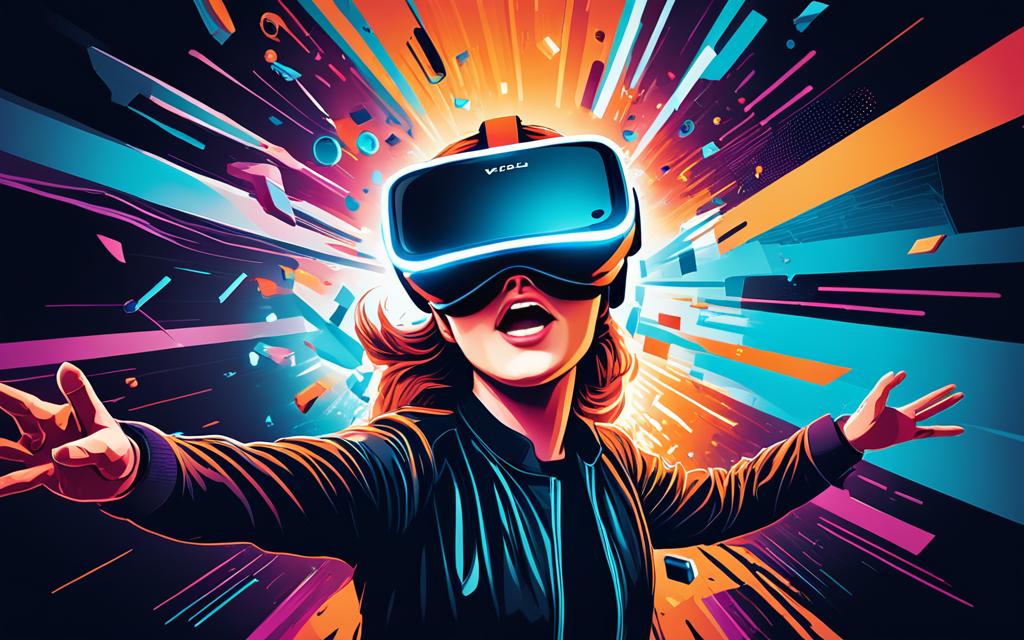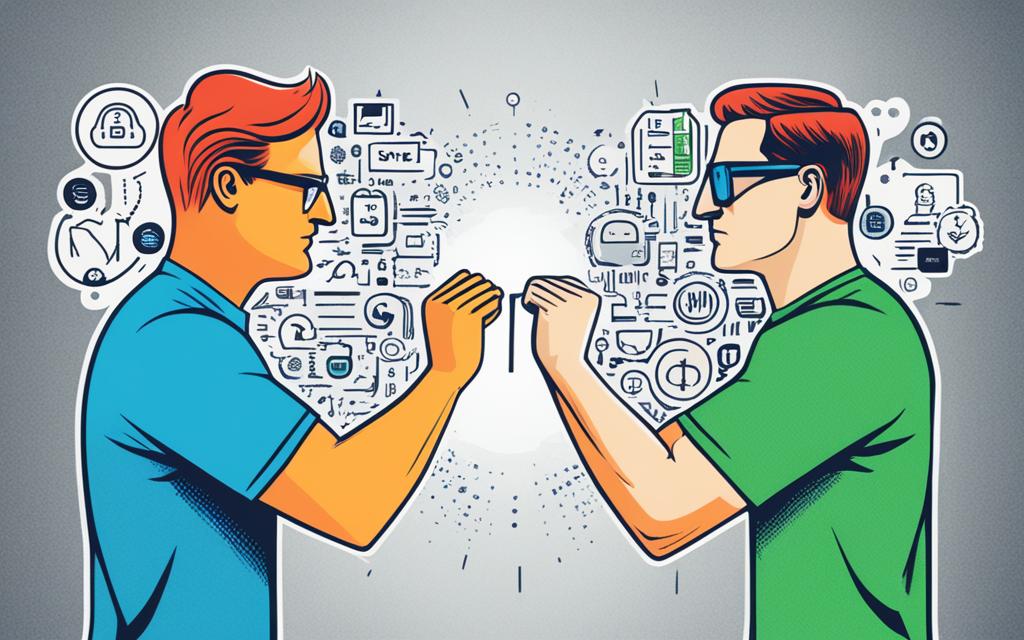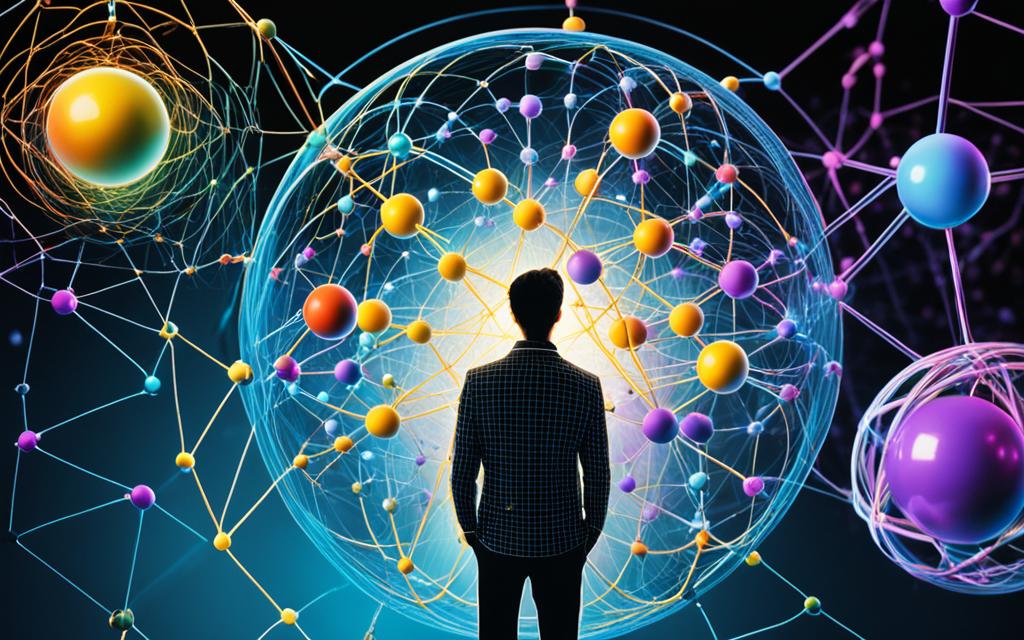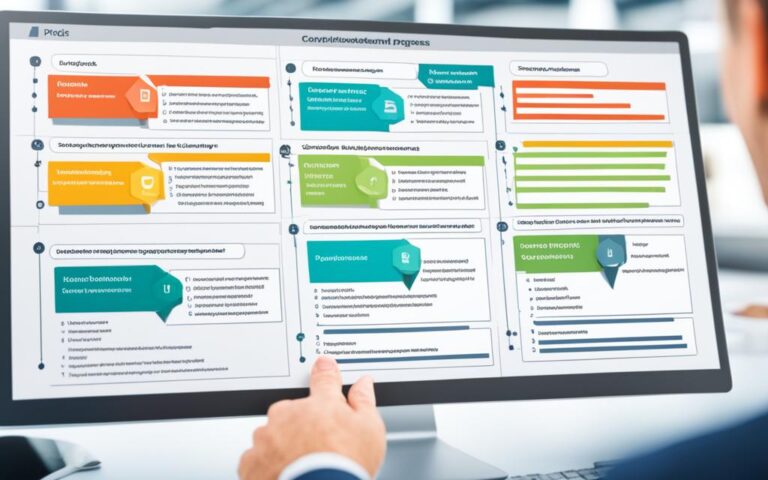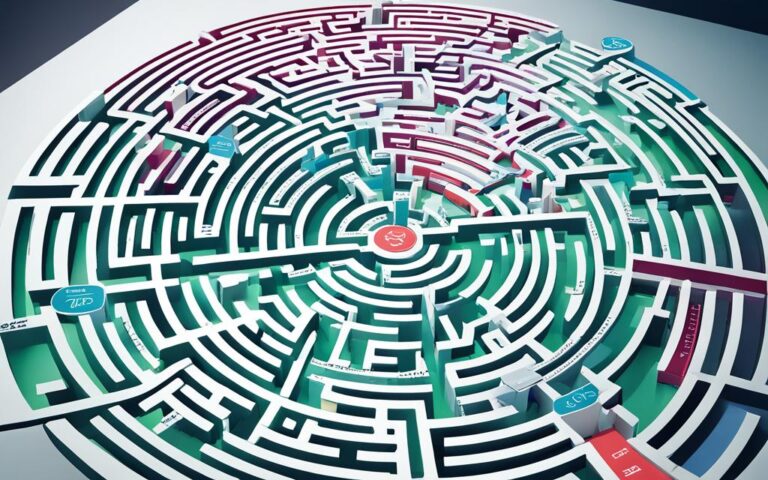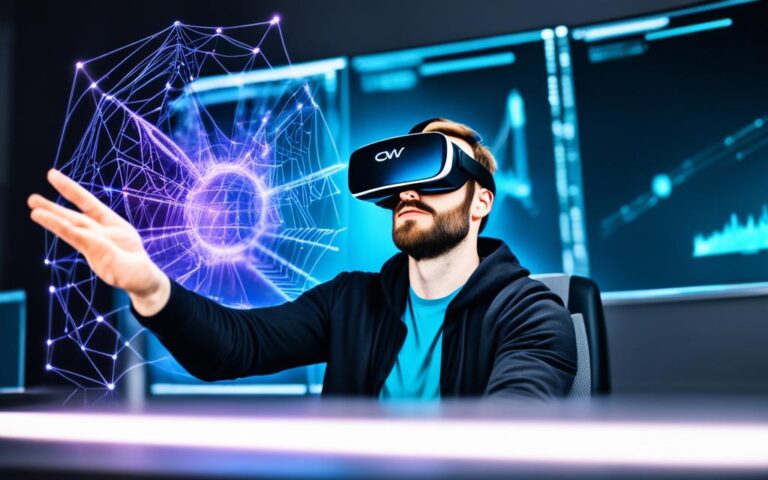Oppugning the Hype: The Reality of Virtual Reality Development
Welcome, fellow adventurers of the VR world! Strap on your headsets and get ready to dive into the intriguing realm of virtual reality development. Amidst the buzz and excitement surrounding this technology, it’s time to separate fact from fiction. Let’s embark on a journey of discovery as we unravel the truths and insights behind this ever-evolving field.
Virtual reality development has captured the imaginations of tech enthusiasts, gamers, and industry experts alike. But what lies beneath the glitz and glamour? What practical applications does VR hold, and what are its limitations? We’re here to explore the VR landscape, armed with insights from various sources, uncovering the Virtual Reality Development Insights that truly matter.
But hey, we won’t bore you with jargon-filled lectures. Instead, we’ll navigate this virtual wonderland with a witty, down-to-earth approach. So, let’s take off the rose-tinted glasses and embark on a quest for truth, leaving no pixel unturned.
Join us as we delve into the depths of virtual reality development, exploring the realms of the VR world and uncovering the fact from the fiction. Buckle up, because this rollercoaster ride promises to be equal parts exciting and enlightening!
How Digital Olfaction is Revolutionizing the Sensory Experience
One fascinating development in virtual reality is the integration of digital olfaction. Digital olfaction mimics the sense of smell by capturing odor signatures using biosensors and analyzing the data with artificial intelligence. This groundbreaking technology unlocks a new realm of sensory immersion in virtual reality experiences.
With its unique ability to capture and analyze odor data, digital olfaction has practical use cases that extend beyond the virtual world. Let’s take a closer look at some of these applications:
Engineering Scents for the Automotive Industry
Imagine stepping into a virtual car showroom and being greeted by the authentic scent of leather seats or the subtle aroma of a new car. Digital olfaction allows automakers to engineer and recreate these scents, enhancing the immersive experience of potential buyers. By leveraging artificial intelligence to analyze odor data, car manufacturers can create virtual reality simulations that evoke realistic sensory responses and influence consumer preferences.
Predicting Maintenance Needs
Machine maintenance is a critical aspect of various industries, and digital olfaction can prove to be an invaluable tool in this domain. By analyzing the odor data emitted by machines, artificial intelligence algorithms can identify potential faults or maintenance needs beforehand. This proactive approach can help prevent costly breakdowns, improve operational efficiency, and minimize downtime.
Automatically Detecting Food Spoilage
Food safety is of utmost importance, and digital olfaction can play a crucial role in ensuring the freshness and quality of perishable goods. By analyzing odor signatures, artificial intelligence can detect early signs of spoilage, alerting retailers and consumers to potential risks. This technology has the potential to revolutionize food preservation and reduce food waste.
Creating Personal Care Devices with Olfactory Detection
Personal care devices, such as breath analyzers or medical sensors, can benefit from the integration of digital olfaction. By analyzing breath odor or other olfactory markers, artificial intelligence algorithms can detect issues like dental problems, halitosis, or even certain medical conditions. This innovation has the potential to empower individuals to monitor their health more effectively and take proactive measures.
Digital olfaction is a game-changer in virtual reality, offering practical applications beyond the confines of the virtual world. The integration of artificial intelligence and odor data opens up new possibilities for immersion and sensory experiences, revolutionizing industries and enhancing the way we interact with technology.
| Practical Use Cases | Industry |
|---|---|
| Engineering Scents for the Automotive Industry | Automotive |
| Predicting Maintenance Needs | Manufacturing |
| Automatically Detecting Food Spoilage | Food Industry |
| Creating Personal Care Devices with Olfactory Detection | Healthcare |
The Power of User-Generated Content in Virtual Reality
User-generated content is a key aspect of virtual reality development. It unlocks the limitless potential for creativity, collaboration, and immersive experiences within the VR world. By allowing users to create and contribute their own content, virtual reality becomes a dynamic and ever-evolving platform.
Game development, in particular, has embraced user-generated content as a powerful tool for creating engaging and dynamic virtual reality experiences. Developers have realized that by giving players the ability to shape the virtual world they inhabit, they can tap into an endless reservoir of creativity and innovation.
This user-driven approach transforms virtual reality games into living ecosystems filled with unique experiences crafted by the players themselves. It goes beyond mere gameplay; it cultivates a sense of ownership and empowerment, where players become active participants in the development process.
“User-generated content is like the secret ingredient that brings virtual reality games to life. It adds a whole new level of depth and replayability, making each experience truly unforgettable.” – Jane Rogers, Lead Game Developer at VR Unlimited
The immersive nature of virtual reality amplifies the impact of user-generated content. By allowing users to contribute their ideas, stories, and creations, the overall experience becomes more diverse and inclusive. It opens doors to communities of passionate creators who push the boundaries of what is possible within virtual reality.
Imagine exploring a virtual world where every corner reveals something surprising and unique, crafted by fellow users. Whether it’s custom-designed levels, interactive environments, or innovative game mechanics, user-generated content adds a layer of authenticity and ingenuity that cannot be replicated by developers alone.
In addition to games, user-generated content extends its influence to other aspects of virtual reality, such as virtual galleries, social platforms, and educational experiences. Creativity knows no bounds when given the tools and freedom to explore the virtual realm.
The Creative Potential of User-Generated Content
The creative potential of user-generated content is boundless. It sparks innovation, fuels inspiration, and fosters a sense of community within the virtual reality landscape. Users can experiment with different art styles, storytelling techniques, and even unconventional interactive elements, resulting in breathtaking and groundbreaking experiences.
Here are just a few examples of the diverse user-generated content experiences in virtual reality:
| Name | Genre | Description |
|---|---|---|
| Arcane Odyssey | Fantasy RPG | A sprawling virtual world created entirely by players, complete with quests, dungeons, and an immersive storyline. |
| VR Art Gallery | Art & Culture | An interactive gallery where users can showcase their artwork and explore the creations of others in a vibrant virtual environment. |
| Escape the Cosmos | Puzzle Adventure | A mind-bending escape room experience crafted by the community, challenging players with intricate puzzles and cosmic mysteries. |
These examples illustrate the breadth of creativity that user-generated content brings to the virtual reality landscape. Each experience is a testament to the power of collaboration, the human imagination, and the immense possibilities that lie within virtual reality development.
As virtual reality continues to evolve, user-generated content will undoubtedly play an increasingly significant role. It nurtures a thriving ecosystem of creativity, shaping the future of virtual reality and ensuring that the immersive experiences offered to users are as diverse and captivating as the human imagination itself.
Conclusion
In the world of virtual reality development, the possibilities are both thrilling and intriguing. But it’s crucial to have a realistic understanding of what this technology can truly achieve. By delving into insights from various sources, it becomes evident that virtual reality has practical applications that extend far beyond mere entertainment.
One such application is digital olfaction, a groundbreaking advancement that mimics the sense of smell within a virtual environment. Through the integration of biosensors and artificial intelligence, virtual reality experiences can now incorporate authentic odors. This development opens up practical use cases in diverse industries, such as engineering scents for automotive simulations and detecting food spoilage in grocery stores.
Another key aspect of virtual reality development is the power of user-generated content. By allowing users to create their own experiences, virtual reality becomes a collaborative platform that fosters creativity and enhances immersion. Game developers, in particular, have harnessed the potential of user-generated content to deliver dynamic and engaging virtual reality experiences.
As technology continues to advance, the future prospects of virtual reality development are vast. The insights gained from this article provide valuable guidance for navigating the ever-evolving landscape of virtual reality. With continued innovation and advancements, virtual reality holds the potential to revolutionize industries, create truly immersive experiences, and shape the way we interact with digital environments.
FAQ
What is virtual reality development?
Virtual reality development is the process of creating virtual environments and experiences using computer-generated simulations. It involves designing and programming software, creating 3D models and assets, and integrating various technologies to deliver immersive and interactive virtual reality experiences.
What is digital olfaction in virtual reality?
Digital olfaction in virtual reality refers to the integration of scent technology to mimic the sense of smell. It captures odor signatures using biosensors and analyzes the data with artificial intelligence. This allows for the creation of scents and smells within virtual environments, enhancing the sensory experience and adding another layer of immersion for users.
What are the practical use cases of digital olfaction in virtual reality?
Digital olfaction has numerous practical applications in virtual reality. It can be used in engineering scents for the automotive industry, predicting maintenance needs, automatically detecting food spoilage, and creating personal care devices that use odors to detect issues. These applications enhance the realism and sensory experience in virtual reality, offering new possibilities for immersion.
How does user-generated content contribute to virtual reality development?
User-generated content is a key aspect of virtual reality development. It allows users to create their own experiences and contribute to the virtual reality ecosystem. This not only provides opportunities for creativity and expression but also enhances the overall immersive experience for users. Game developers, in particular, are leveraging user-generated content to create engaging and dynamic virtual reality experiences.
Why is user-generated content important in virtual reality?
User-generated content is important in virtual reality because it makes the platform more collaborative and inclusive. By empowering users to be part of the development process, virtual reality becomes a platform where creativity and imagination can thrive. User-generated content adds variety and dynamism to virtual reality experiences, increasing user engagement and satisfaction.
What are the practical applications of virtual reality development?
Virtual reality development has practical applications in various industries. It can be used for training and simulations, educational experiences, architectural and design visualization, healthcare therapies, gaming and entertainment, and marketing and advertising. Virtual reality has the potential to revolutionize these industries by providing immersive and interactive experiences.
